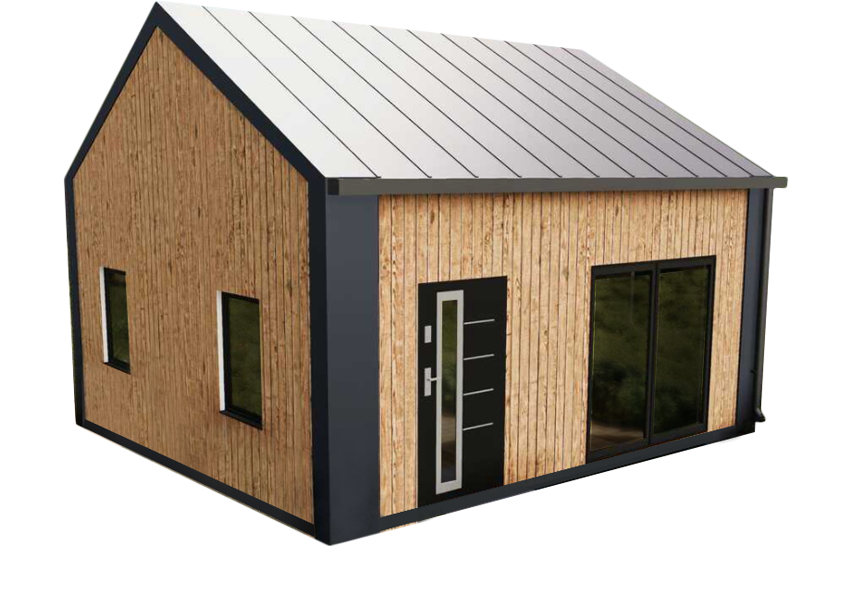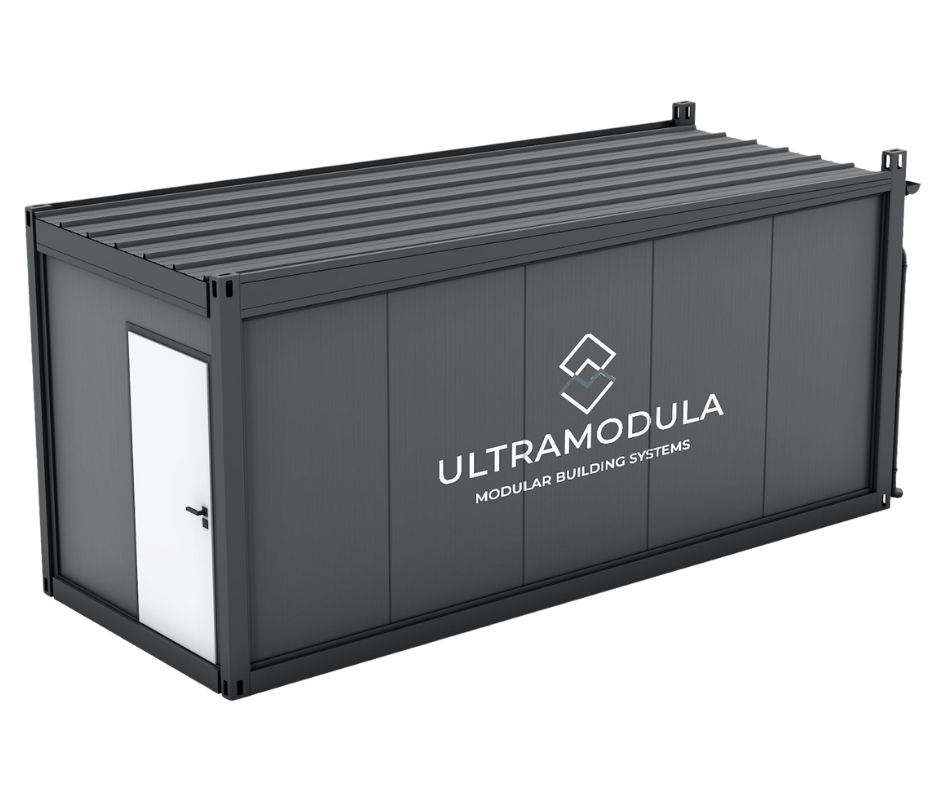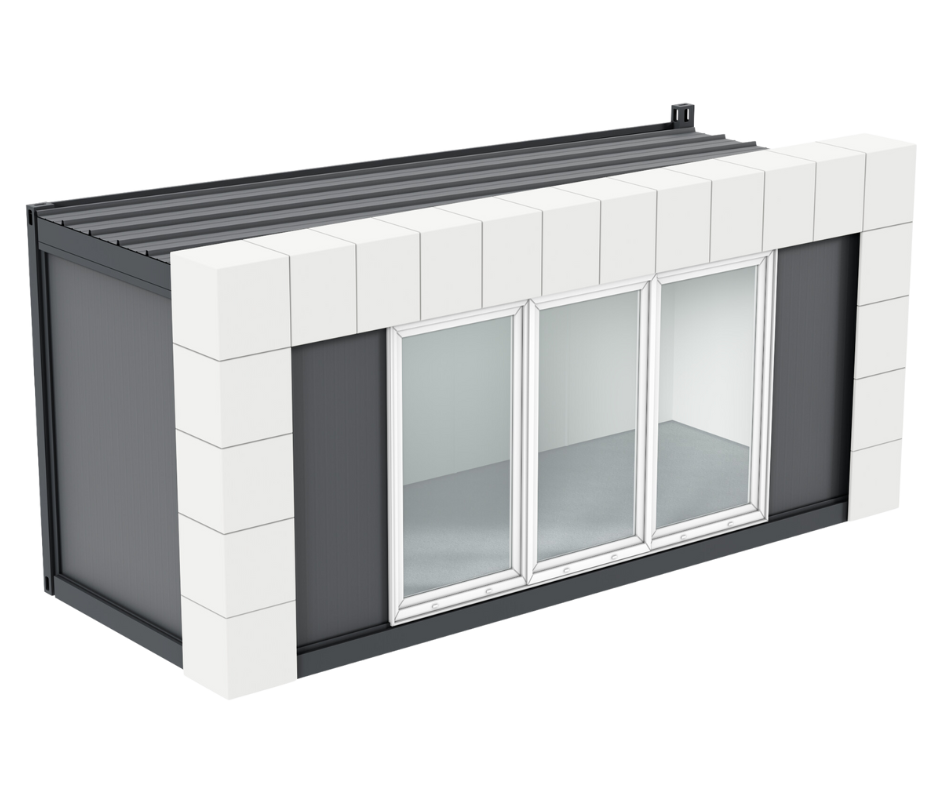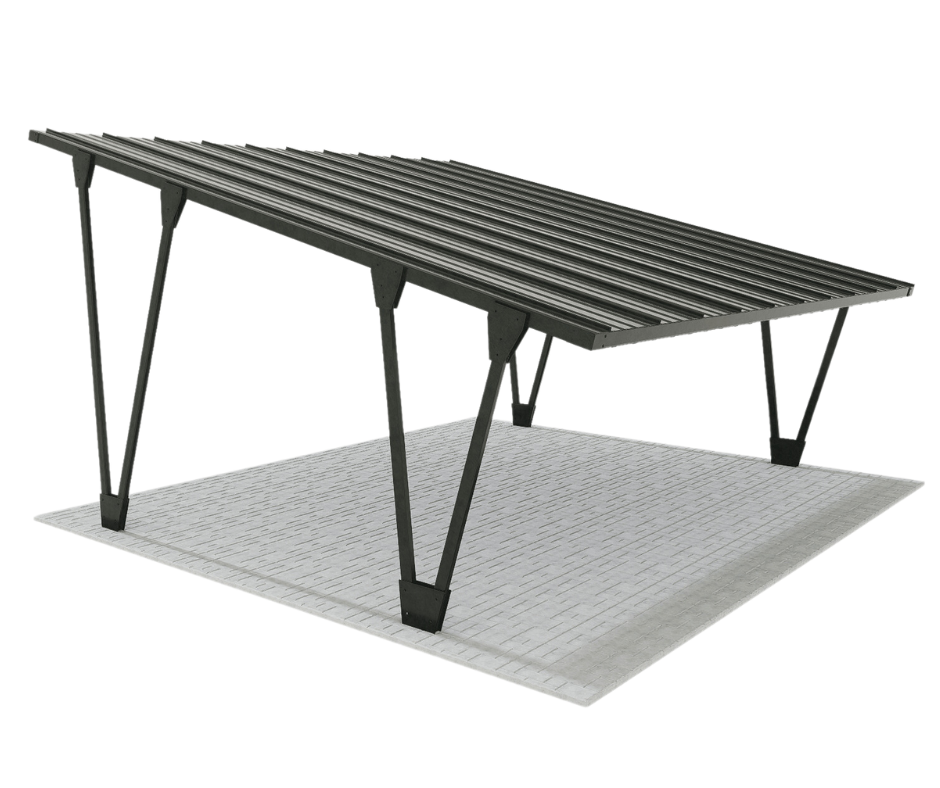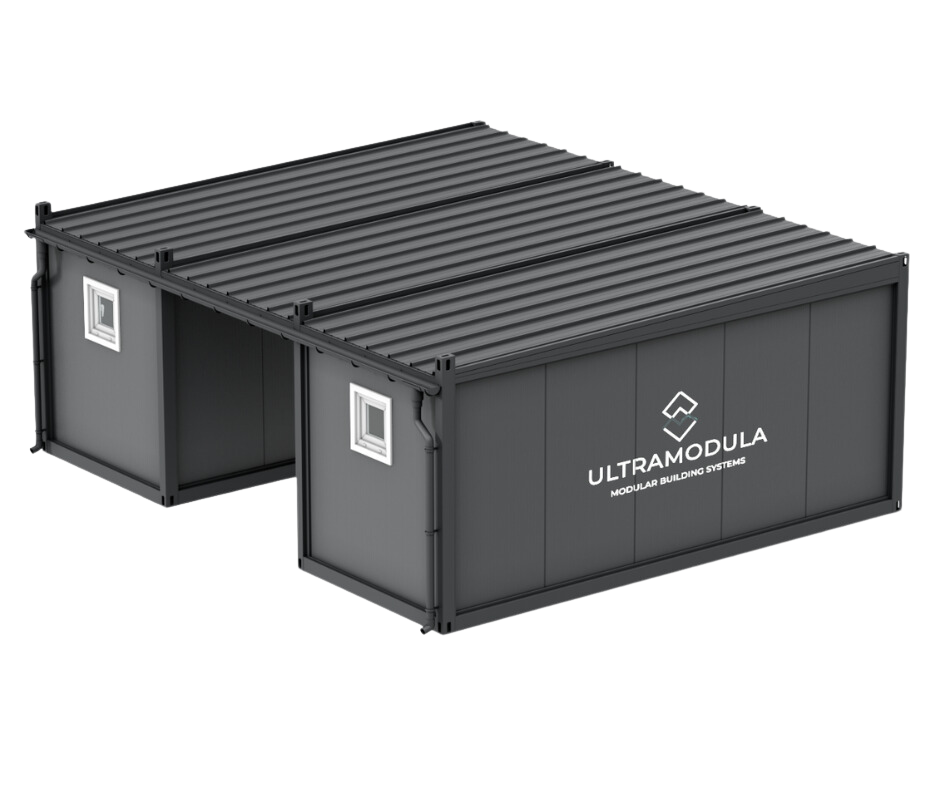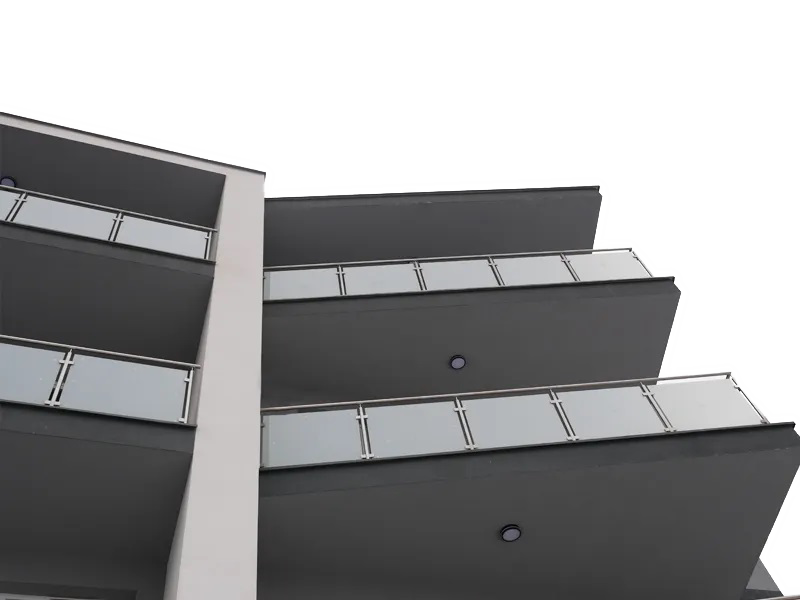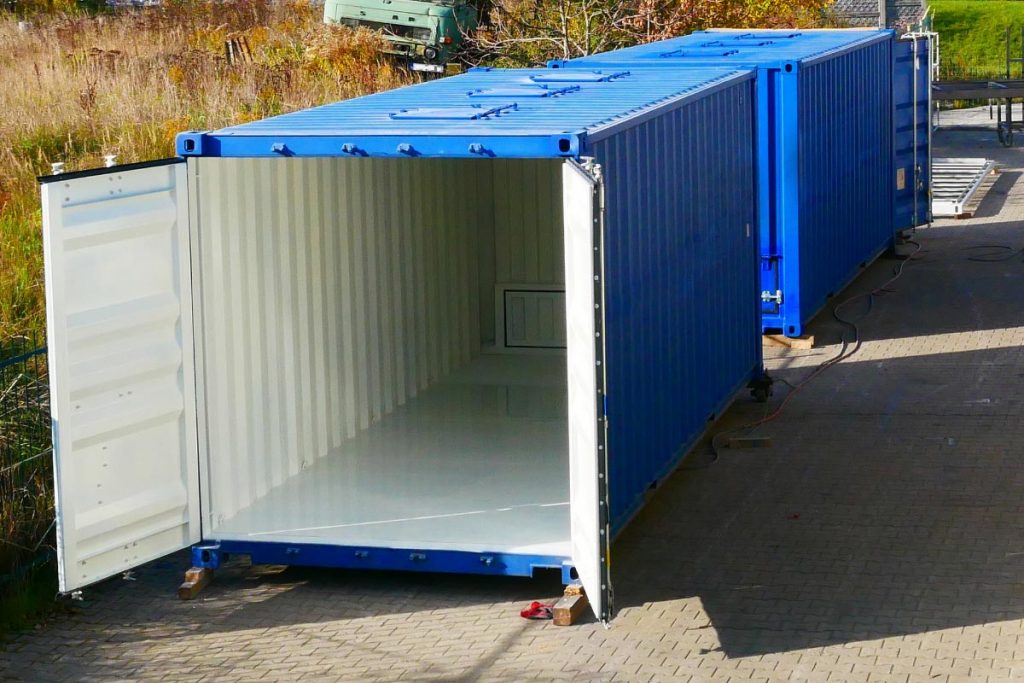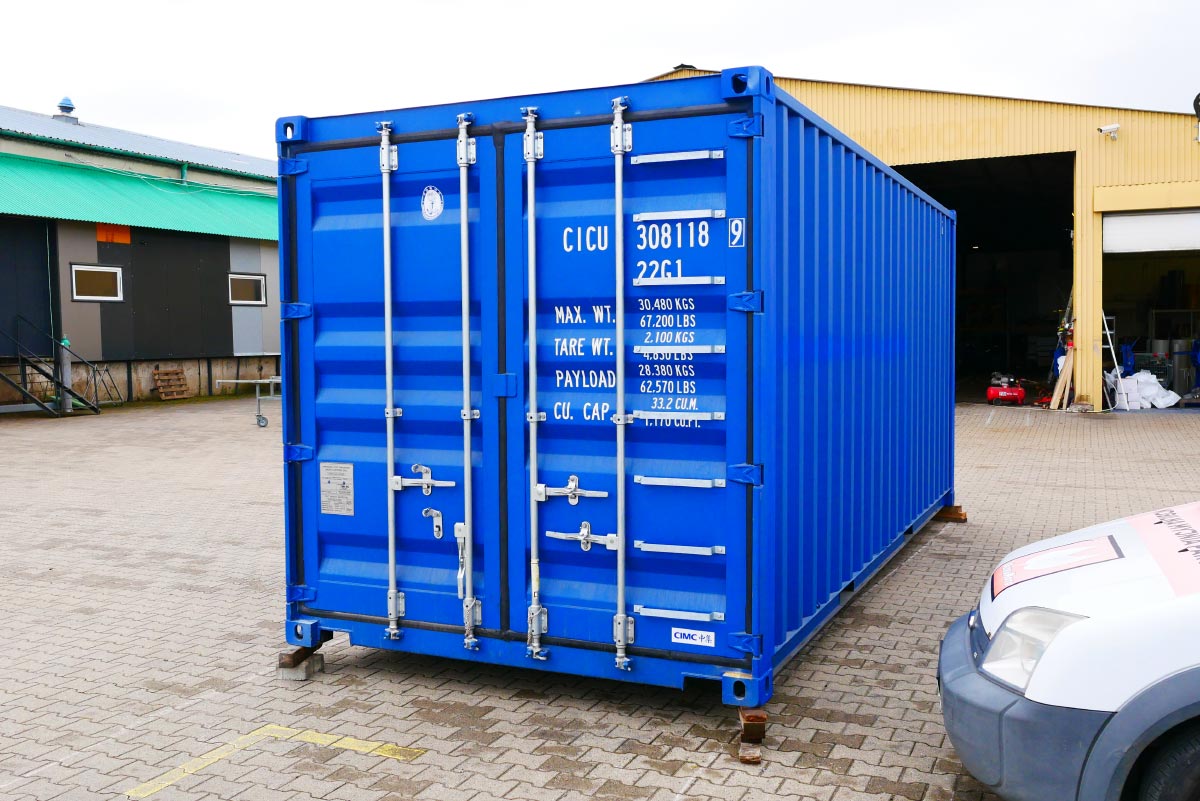When the first container ship sailed into international waters in 1956, no one expected how quickly this form of transport would take over the world. The creator of the idea of both the container ship itself and containers of transportation as they are known today is Malcolm McLean. Interestingly, he came up with this idea when he was a truck driver - he was tired of commuting and wasting time on reloading. He thought that it would be a great convenience to be able to transfer the transport from the car-truck directly to the ship, without the involvement of porters and other people at the port.
The new face of sea transport
And so the truck driver project changed the face of maritime transport forever. Container trademark created in the 50s by Malcolm McLean actually remains the standard until today. At first its length was 33 feet (later it was increased to 35 feet), and its width and height were 8 feet. The key advantage of the American's idea was standardization, which translated into a significant reduction in the cost of transporting goods. And although today the dimensions sea containers have been unified, the basic principle is maintained - "boxes" must be standardized.
Key word: standard
The unification of the sizes of containers for the transport of goods has made transport more effective, simpler and cheaper than before. The dimensions of sea containers and their weight are defined by the international standard ISO 668 Series 1 freight containers – Classification, dimensions and ratings. Its first version was published only 12 years after the first voyage of the Malcolm McLean container ship, i.e. in 1968. Since then, it has been modified and supplemented with new items many times.
In the current edition of the standard, you can find not only detailed dimensions and weights containers, but also their international designations. This is another facilitation in transport - at each stage of the supply chain it is known without any doubt what size of cargo is being transported. This simplifies the planning, pricing and storage of goods.
Basic container sizes
Currently, the most popular division of containers due to their dimensions is the one on containers 20 and 40 feet, as well as those of standard height and HC versions, i.e high cube. In the daily work of people dealing with the broadly understood logistics, there are terms twenty and forty related to the length of the containers. This is because 20 and 40 foot facilities account for the vast majority of all types of containers in use.
The table below presents a summary of the most popular sizes. Be sure to pay attention to the fact that the length container 40ft has been chosen in such a way that it is possible to place two on it (or under it). containers 20ft with proper spacing (3 inches).
| Name | Length x Width x Height | Volume |
| 20ft (20ft) | 20 ft x 8 ft x ft 8,6 in 6,1m x 2,4m x 2,6m |
~ 33 m3 |
| 40 ft (40 ft) | 40 ft x 8 ft x ft 8,6 in 12,2m x 2,4m x 2,6m |
~ 66,9 m3 |
| 40 ft HC (40 ft high cube) | 40 ft x 8 ft x ft 9,6 in 12,2m x 2,4m x 2,9m |
~ 76 m3 |
Container weight and capacity
An important parameter related to the dimensions of containers is their own weight and load capacity. Each transport unit, sea, land and air, has a clearly defined maximum load, which is why it is very important to precisely specify the weight of the containers themselves. And this can be different, even for containers of the same size. The discrepancies result from the materials used by individual manufacturers, as well as the security features of the containers. Each additional element, such as a safety bar, is extra kilograms that must be included in the final weight of the container. This information is usually placed on the door, and it is:
- gross mass (max. gross), i.e. the maximum total mass of the container with cargo;
- curb weight (tare), i.e. the tare weight of an empty container.
Additional information that is shown on container, is its load capacity also often referred to as payload. There is simply the maximum weight of cargo that can be loaded into a given container.
Different purpose, different dimensions of containers
Containers have undergone many evolutions since their inception, and their use in today's world is much wider than transport. They are warehouses, offices, service points, and even hospitals or hotels. Object dimensions container intended for purposes other than the carriage of goods are not standardised. Manufacturers design the sizes of their products in the most optimal way or adjust them to the individual needs of customers.
Popular pavilion containers start from 6 m2and end up with over 15. It is worth remembering that one of the main advantages of container structures is the ability to easily combine them into larger objects. Therefore, there is no need to create an extensive range of sizes - modularity means that 3 standardized "boxes" are enough to create office, warehouse or any other building of virtually any size.

Container sizes – Ultramodule

